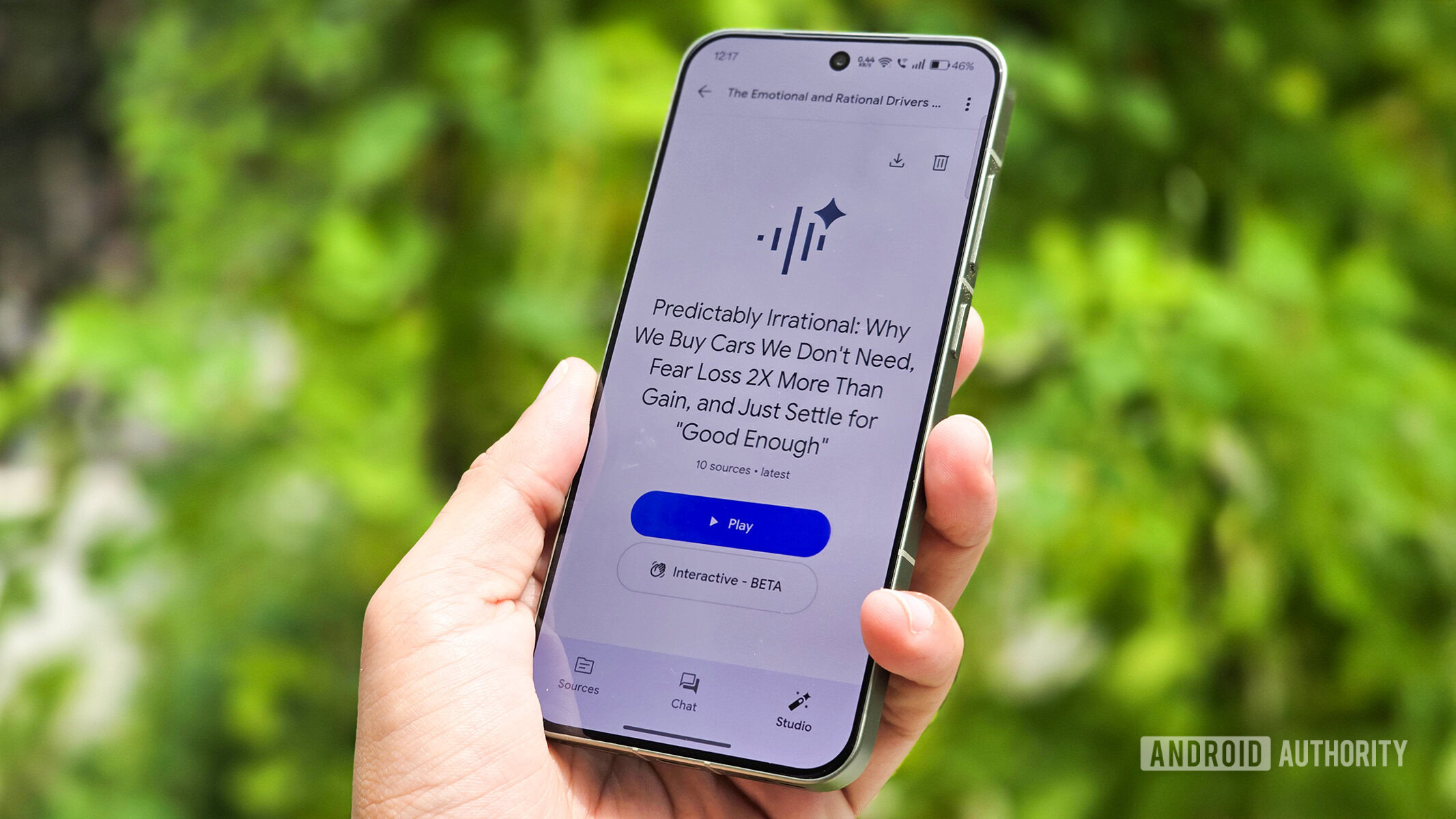Concept image of a foldable iPhone. | Image credit – Apple Insider
It is officially foldable season and maybe it’s the summer heat, but this year’s competition is all about who can go thinner. Still, while every brand is chasing millimeters, I think we are missing the bigger issue here. Because let’s be honest – the real thing keeping foldables from going mainstream isn’t the thickness. It’s the price.So no, I’m not here to talk about who made the skinniest phone. I want to talk about the price tags – and more specifically, about one foldable that isn’t even out yet. Sounds weird, I know. But when the missing name is Apple, it’s hard not to notice.
Apple’s foldable: maybe coming for real and cheaper than expected
That might sound steep, but it’s actually lower than previous estimates (some suggested $2,400 or more), and more importantly, it’s in line with what Samsung, Google and others are already charging. And to me, that says a lot. Apple isn’t looking to sit above the foldable market – it wants to compete directly with it.
Foldables are everywhere, but still not for everyone
Samsung just launched the new Z Fold 7. | Video credit – PhoneArena
And to be fair, when we first heard Apple was working on a foldable iPhone, those rumors about a $2,400+ price tag seemed totally believable. After all, Apple has a long history of coming in late and charging more.
But this time, the game looks different. Foldables aren’t some untapped market. They are a small but growing niche and Apple might not want to position itself too far outside it. Especially after the Vision Pro lesson: $3,500 for a headset was a bit too much for most people and sales reportedly fell short of expectations.
So if Apple really launches its foldable at the same $1,800 – $2,000 price range as its biggest rivals, that’s a statement. It’s not trying to be the Ferrari of foldables. It’s showing up to play – in the same league as Samsung’s Fold series and Google’s Pixel Fold line.
If Apple matches the price, it also sets the tone
But here is where I think things really get interesting: perception.
Right now, a lot of people don’t even think about buying a foldable. $2,000 for a phone that folds? Especially if it’s from a brand they don’t fully trust yet? It’s a hard sell. But once Apple steps in, that might change.
People who would never consider a $2,000 Android phone might take a second look if it has an Apple logo on it. Carriers will push it harder. Retailers will make more space for foldables. Developers – finally – will have a strong reason to build better apps for foldable screens. That ripple effect is what Apple brings to the table.
The real innovation Apple offers might not be hardware
Because while Samsung and others have led the way on foldable tech, it might take Apple to actually normalize it.








